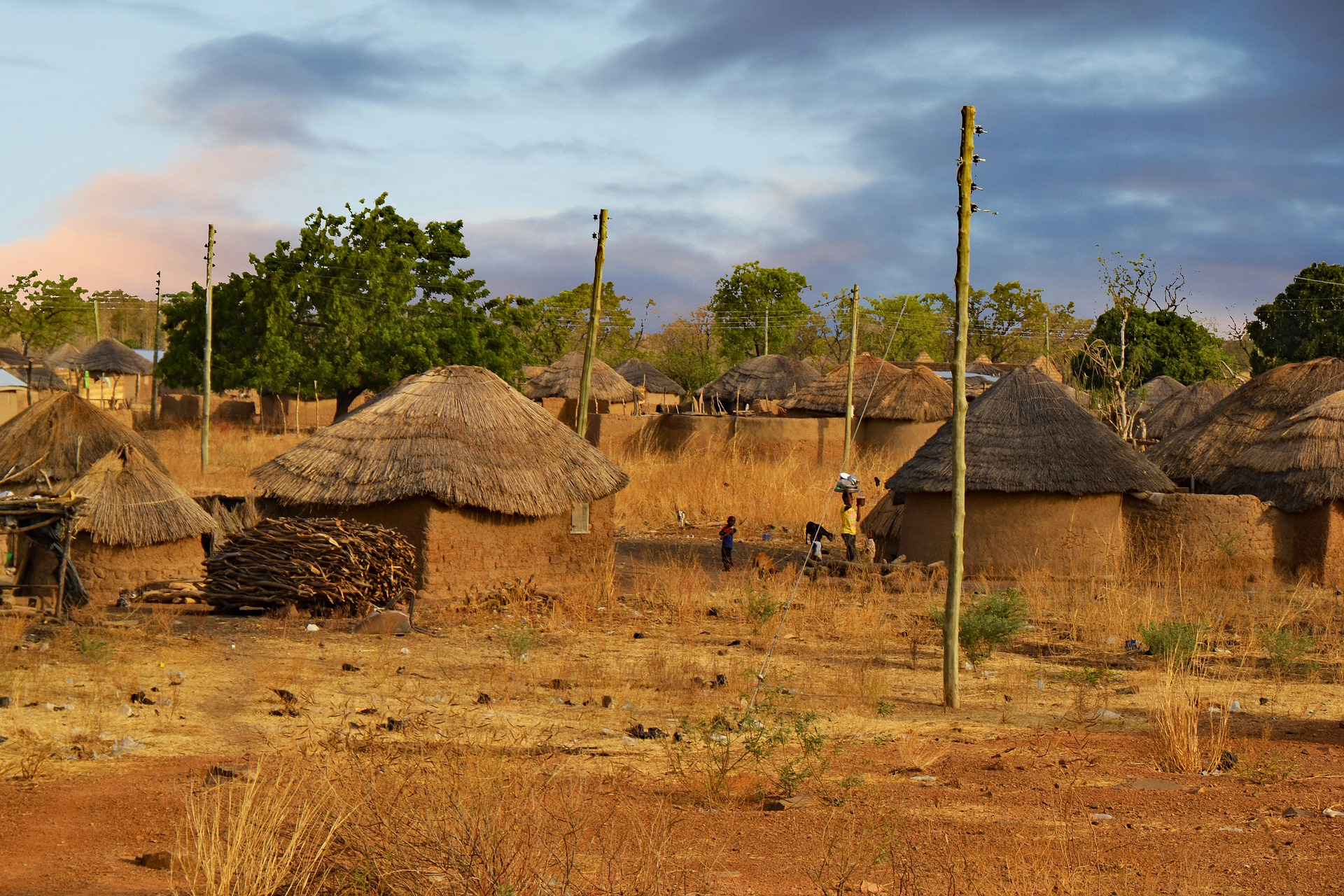More Than a Buzzword? Resilience to Climate Change in Zimbabwe
Author: Tawanda Majoni | Published: January 6, 2016
Climate change-induced disasters will keep on coming, as sure as the sun rises. But rather than governments and aid agencies swinging into belated – often chaotic – action after they’ve struck, the smarter move is to strengthen communities by building their resistance ahead of time.
It’s cheaper, faster, and devolves more control to the affected communities. But while resilience has long been a buzzword among aid agencies and governments alike, it’s difficult to gauge yet how effective the measures have been.
Zimbabwe is a good place both to highlight the need to develop people’s resistance to “shocks” and to illustrate how difficult it is to put that idea into practice.
Agriculture is a key sector of the economy. It employs 60-70 percent of the population, contributes to about 40 percent of total export earnings, and, in a good year, covers the country’s cereal needs.
But Zimbabwean agriculture is mostly rain-fed, and therefore vulnerable to climate change-induced drought. An El Niño event in 2015 has produced two consecutive seasons of failed rains. The cumulative result is that more than four million people are in need of food aid over the next three months, until the 2017 harvest comes in.

